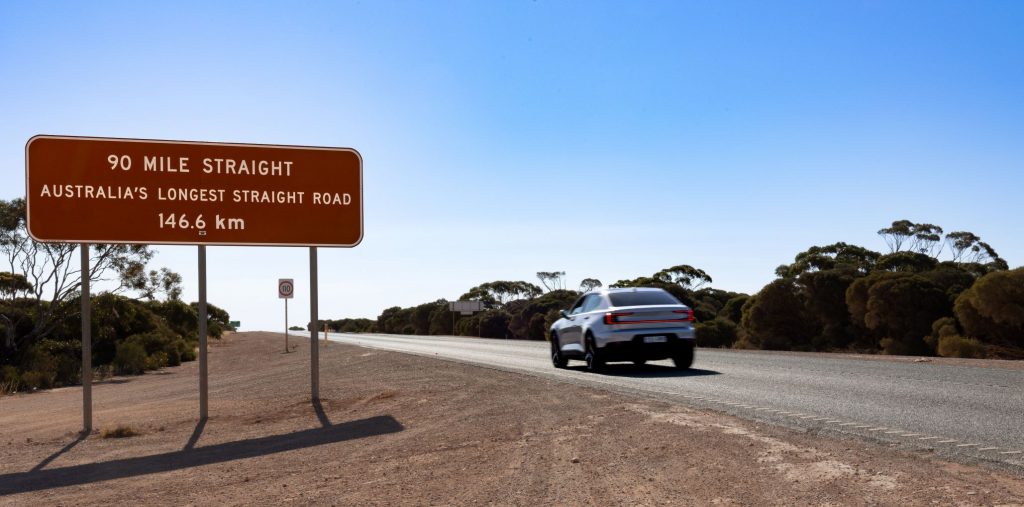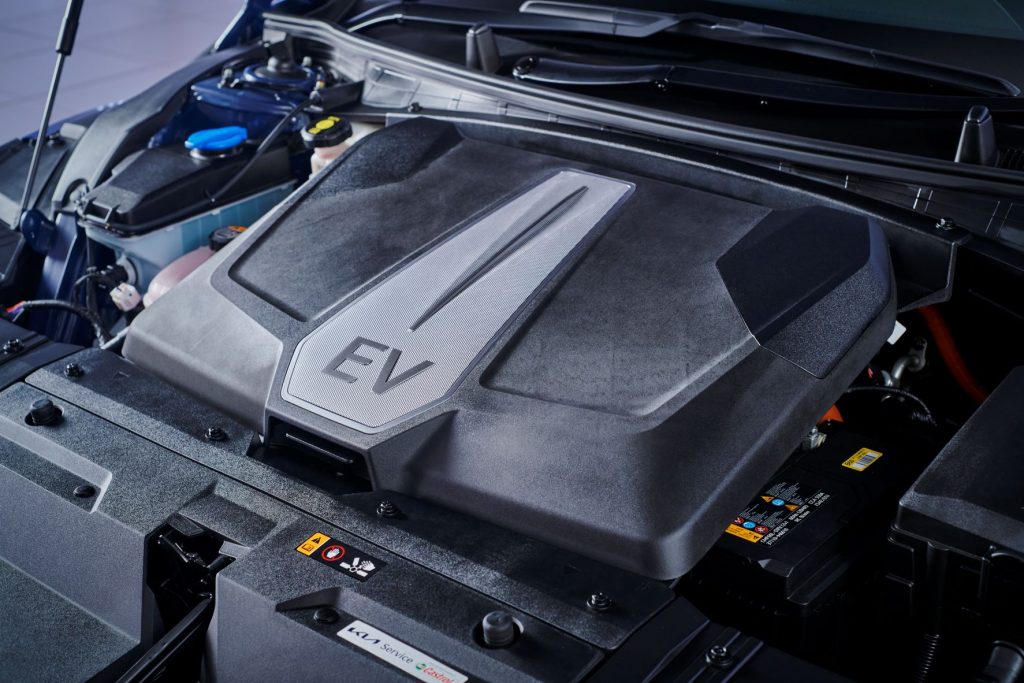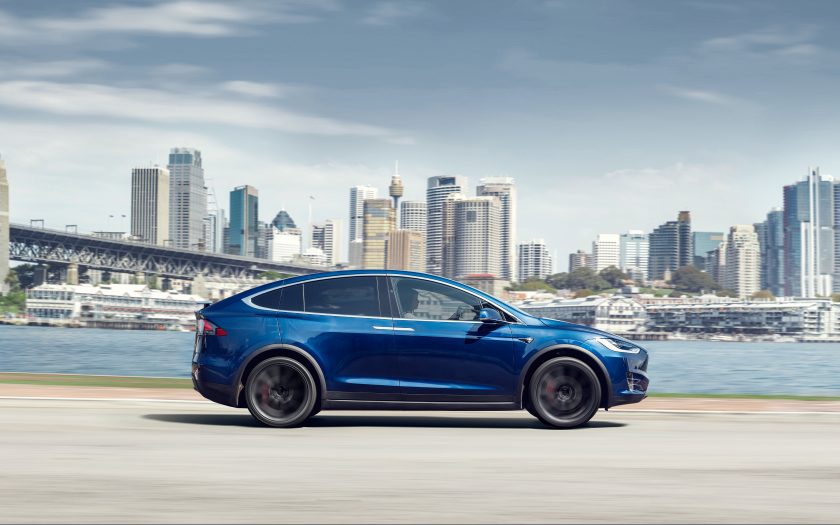COMPARING THE SIMPLE FUEL costs of an EV (electric vehicle) compared to an ICE (internal combustion engine) vehicle is something we’ve always wondered about, and yet most information simply suggests that an EV is considerably cheaper to charge than a petrol-engined car is to refuel, without supplying supporting evidence.
So we at seniordriveraus gathered up data from some EV owners, took out our trusty calculator and crunched some numbers (in fact, we crunched a lot of numbers!).

Broadly speaking (and with the caveat that there is considerable variation), an EV will travel 6.0 to 6.5km on one kWh (kilowatt hour). Using that as a basis and working with 10L/100km, a litre of petrol equates to 1.642kWh.
An EV with a 50kWh battery pack should therefore have a range of 300-325km. On the other hand, most advice is not to recharge the battery beyond 80 percent, substantially reducing the real world range to between 240 and 260km.
Australians pay an average of 27.63 cents per kWh (it varies state by state). That means to fully charge a 50kWh battery pack in a car from empty will cost around $14, making the cost per kilometre 4.3 cents (in the state with the most expensive electricity, South Australia, the recharge cost will be around $17.40, or 5.4 cents/km, while in Queensland, the cheapest state, it will be a little under $11, or 3.3 cents/km). An ICE car achieving 10L/100km will use 20 cents worth of petrol for each kilometre travelled. That’s a significant saving. If you’re using solar generated power, your savings will be even greater.

A little more confusion
In the US, the EPA has created the concept of MPGe, which stands for “miles-per-gallon-equivalent”. This is used to set the “official” mpg figure for electric vehicles.
This number is deduced by comparing the number of Joules of energy in a US gallon of petrol (which is 83 percent of an imperial gallon or equivalent to 3.785 litres) against the number of Joules in a kWh of electricity. As an example, a Tesla 3 which achieves 14.9 to 16.6kWh/100km is rated at 138 MPGe by the EPA (or 0.59L/100km, give or take).
The problem is that you can’t compare petrol and electricity costs, or, indeed, the pollution created by producing petrol or electricity. But the US requires that every new car carry an MPG rating (on a sticker in the windscreen) and instead of changing the rules for EVs, they decided to create an “equivalent” rating.
A more useful measure
Here in Australia, the windscreen sticker quotes kWh/100km, which is a much more useful figure.
However, you need to remember that the lower the kWh/100km figure, the better.
Dividing the 100 (km) by the quoted consumption figure (kWh) gives you your km/kWh figure. So an EV achieving 16kWh/100km will travel approximately 6.25 kilometres for each kWh consumed.
So, assuming our arithmetic isn’t flawed, now you know what all those numbers mean, and how much you’ll reduce your fuel costs by going electric.
